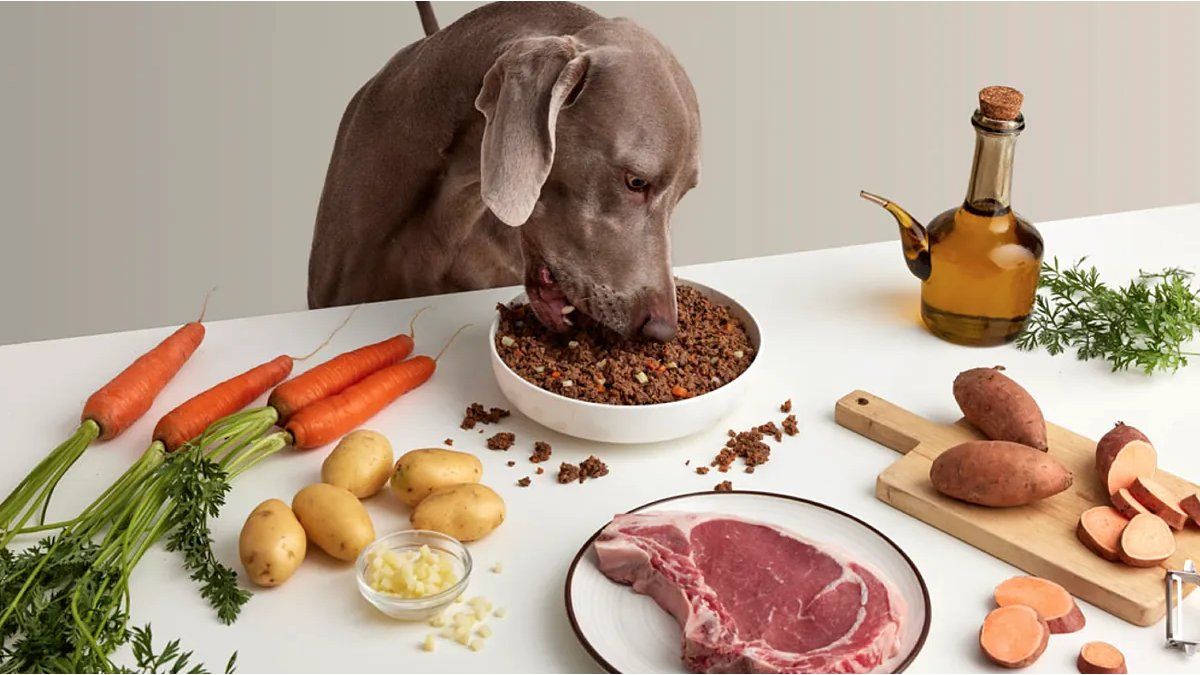The food alternative for pets with multiple benefits but also requires many collections.
Pet diet can vary in each home they live in, in some they can eat balanced food, in other dinner leftovers. The processed food industry never stopped and is getting bigger, but also food varieties grew on par. That is why there are alternatives such as the BARF diet.
The content you want to access is exclusive to subscribers.
The veterinarian Ian Billinghurst developed this approach in the 90s after identifying health problems associated with pet processed foods. The BARF diet (Biological APPROPRIATE RAW FOOD) proposes a diet composed of crude lean meat, fleshy bones, viscera, fruits, vegetables and natural supplements such as oils and eggs.


Your main objective is Provide essential nutrients that improve digestive, dental health and fur quality. The defenders of this method argue that dogs, such as carnivores by nature, better process raw animal proteins than industrialized foods.
dogs..1.jpg

The care that must be taken when the BARF diet in pets
BARF diet implementation Requires professional supervision to avoid nutritional imbalances. The veterinarians recommend adapting the portions according to the age, size and level of activity of each animal. A poorly designed food plan can generate lack of essential minerals such as calcium or excess fat.
The Raw food manipulation demands strict hygienic precautions. The owners should carefully wash the utensils used and store the ingredients at adequate temperatures to prevent bacterial contamination. In addition, the transition from the balanced food must be gradual to avoid digestive problems. Dogs with committed immunological systems that live with immunosuppressed people require more rigorous controls.
The pros and cons of the BARF diet in pets
Benefits
The most visible benefits of this diet include a brighter fur, less dermatological problems and firmer feces.
Digestion improves significantly by eliminating additives and preservatives present in processed foods. Many owners also report a reduction in allergies and greater energy in their pets.
Challenges
However, the BARF diet presents challenges. Its preparation demands time and knowledge to correctly balance nutrients. The cost is usually higher than that of the quality balanced food, especially when organic ingredients are used. Adaptation is not universalsome dogs can initially reject this type of food or present digestive difficulties during the transition.
Another critical aspect is the Risk of contamination by bacteria such as Salmonella or E. coliboth for the pet and for humans who manipulate food.
Consultation with a veterinarian specialized in nutrition is essential before starting this food change.
Source: Ambito
I am an author and journalist who has worked in the entertainment industry for over a decade. I currently work as a news editor at a major news website, and my focus is on covering the latest trends in entertainment. I also write occasional pieces for other outlets, and have authored two books about the entertainment industry.




